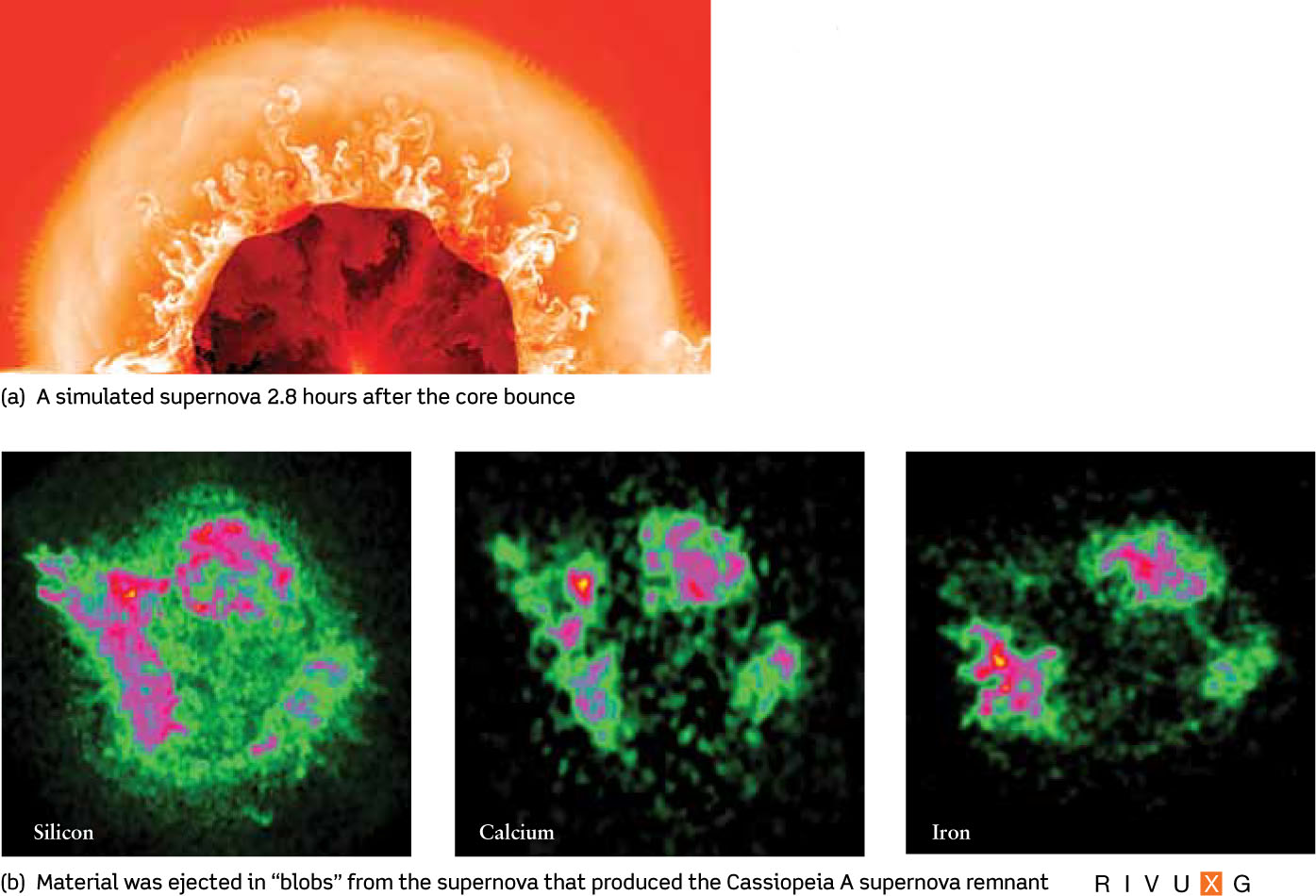
Figure 20-15:
(a: Konstantinos Kifonidis/Science Photo Library/Science Source; b: U. Hwang et al., NASA/GSFC)